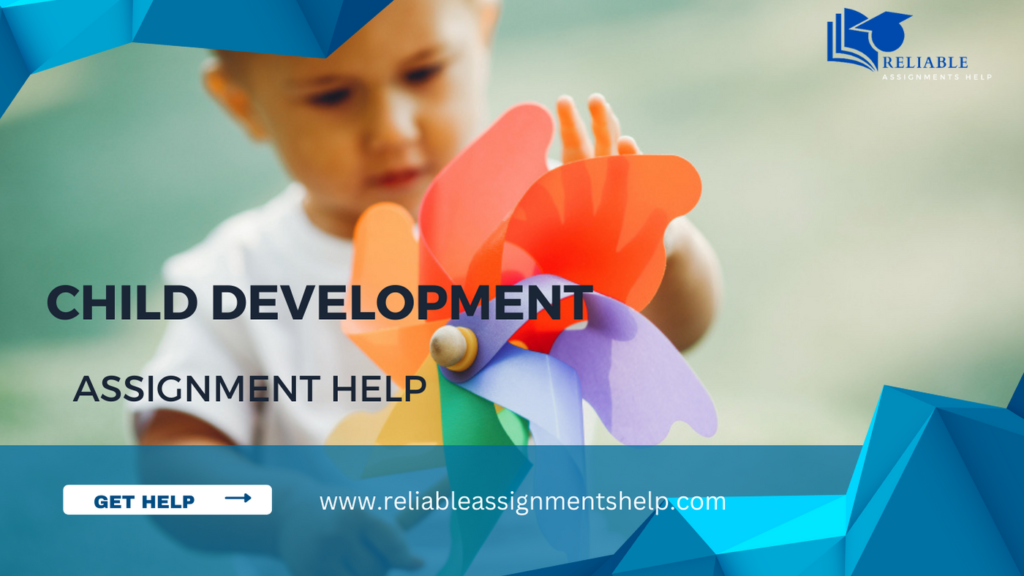Play Categories Child Development Psychology Essay Sample
Observe (at least an hour) an early childhood setting or other setting (such as a park or playground) where children are at free play. Look for examples of each of Parten’s six play categories as described in the Beginnings and Beyond text. Write a two page paper where you describe what the children are doing and which of the six play categories is represented in the children’s play. At the end of your paper, reflect on what you learned from this experience. Be sure to follow the guidelines below when writing your paper. (If you are not able to observe due to parks and daycares being closed, please use the videos attached to help with this assignment. Adapt an answer each part to the best of your ability.
https://youtu.be/NTTP93q94GY
https://youtu.be/yYLrDiPH9sk
Briefly describe the location and the ages of the children
Make sure to describe what the children are doing and which play category best fits what the children are doing.
Refer to the children by initials only or pretend names (or as “two girls” or “a group of three year old boys”
Be sure to refer to each of the six play categories by name.
At the end of your paper, if you do not see one of the six categories of play in your observation, define that type of play and what it might have looked like.
Your paper should be written as a formal college paper with a beginning (introduction), middle (body or development) and end (conclusion).
Use 12 point font, black type, double space and appropriate paragraph indentation in your paper.
The introduction should include where and when the observation took place and who you were observing.
The body of your paper should be objective (no opinions or value statements) and describe what you observed.
The conclusion should summarize the paper (and can include your opinion or a reflection of the observation.) The conclusion should also include a description of any play categories you did not observe.
Play Categories Child Development Psychology Essay Sample
Children between 2 to 8 years are playing with toys in a sandy park. Different types of play are observed in the kids. Some children are occupied in their space while others are simply watching. Some have an organized space, while others are scattered in their play. Every child is interested in a new toy or a different activity (Larrea et al., 2019). Toddlers are not specific in their play and are interested in toys that catch their eyes. Older children are interested in bigger toys and more complicated movements. Every child is curious about the world around them (Gordon & Browne, 2016). At this stage, children can handle objects, understand the basic working of the world, and learn self-control
Unoccupied play is observed in a toddler. She is seen playing with toys around her in a messy way. Her interest in a toy is immediately lost when another catches her eyesight. She is not interested in adults and children around her. She is curious about exploring objects around her. She is mostly heading for different things or repeating the same actions. She is often observed to smile and clap while playing. Also, she reacts to sounds and reacts when people speak around her.
Most kids in the park are in solitary play. Three kids are riding their tricycles by themselves. At a distance, a girl and a boy are absorbed to playing with their toys. Each of these kids concentrates on their play and is not interested in socializing with others. A boy is also observed to spurn, sharing his toy with another kid. These kids show less interest in the world while playing with their toys. Solitary playing children are creative and organized in their play (Gordon & Browne, 2016). These children are observed to find new ways of manipulating the objects at hand. These children are later kept to find a new toy and solely play with it. With this play, children are prepared to socialize with others, explore freely and learn personal intelligible skills.
A toddler is seen standing still, observing kids around him. An older kid is also observed to move round the park watching others playing. He was engagingly watching other kids play, showing no interest in joining the play. This type of play is onlooker play. These kids are interested in protecting others rather than handling the toys themselves. Onlookers learn by observing others. They can watch all kids in the park playing and learn from them. These kids learn a lot about socialization and relationships and different types of objects and activities.
Two kids are playing parallelly. They are absorbed in their activities without interaction. These children are not interested in social interaction. Playing side by side with each other prepares these kids with new methods of interaction and new skills (Miranda et al., 2017). Kids in parallel play can easily engage in associative play. After playing parallel for some time, a girl and a boy of about seven grew interested in each other’s space. They were observed to make interaction in their play using their newfound interaction skills. These kids may later for common group goals in their sport, forming cooperative efforts among themselves. This is cooperative play and is observed when a group of kids plays together, searching for treasure in the park’s sand. In this type of play, children learn healthy emotional expressions and problem-solving skills (Gordon & Browne, 2016).
Notably, there lacked one play in these videos; unoccupied play. For example, when a child is seen picking up and shaking an object before discarding it, they are said to engage in unoccupied play. As children grow, they need to be exposed to different types of outdoor play with other children to promote the development of their literacy skills. It is advised that parents should give children the freedom to roam and make decisions, but some actions may require adult supervision. They will need to practically figure out important social and cognitive skills by themselves. In summary, the following plays are evident in these videos; cooperative play, solitary play, onlooker play, parallel play, unoccupied play, and associative play.
Reference
Larrea, I., Muela, A., Miranda, N., & Barandiaran, A. (2019). Children’s social play and affordance availability in preschool outdoor environments. European Early Childhood Education Research Journal, 27(2), 185-194.
Gordon, A., & Browne, K. W. (2016). Beginnings & beyond: Foundations in early childhood education. Cengage learning.
Miranda, N., Larrea, I., Muela, A., & Barandiaran, A. (2017). Preschool children’s social play and involvement in the outdoor environment. Early Education and Development, 28(5), 525-540.

